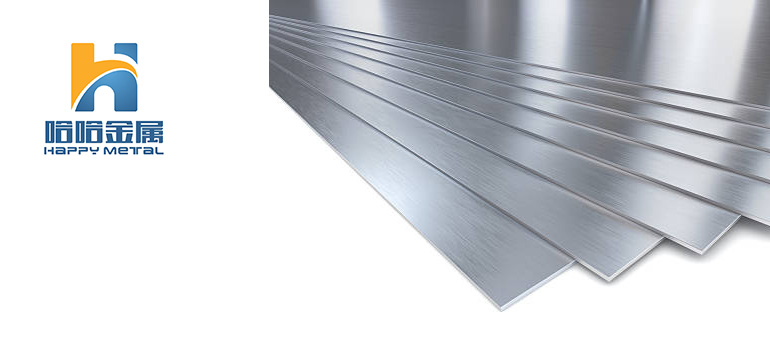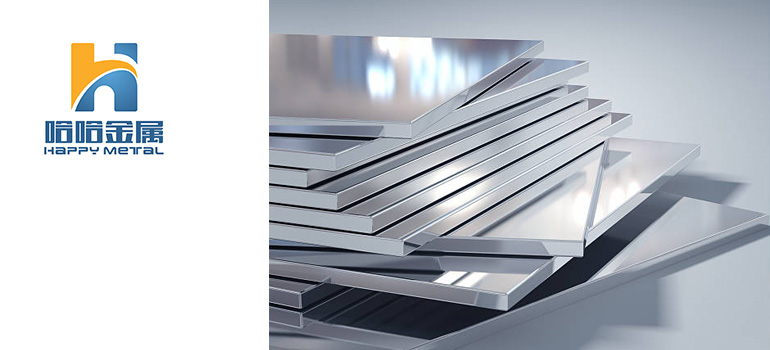Summary:
Revolutionizing Industries: The Impact of Industrial Alloy Plates
What are Industrial Alloy Plates?
The Evolution of Industrial Alloy Plate Technologies
The Advantages of Industrial Alloy Plates
Industrial Alloy Plates in Manufacturing
Sustainable Practices in Alloy Plate Manufacturing
Welcome to the Era of Transformation! Industrial alloy plates stand at the forefront of revolutionizing various industries, bringing about unprecedented changes in the way we build, manufacture, and innovate. In this section, we’ll embark on a journey to uncover the essence of industrial alloy plates, understanding their composition, evolution, and the profound impact they’ve had on the global industrial landscape.
What are Industrial Alloy Plates?
Alloy Composition
Industrial alloy plates are primarily composed of alloys, which are materials made by combining two or more metallic elements. The goal is to create a material with superior properties that individual elements may not possess on their own. Common alloying elements include nickel, chromium, manganese, and others, each contributing specific characteristics such as strength, corrosion resistance, and durability.
Precision Engineering
The manufacturing process of industrial alloy plates involves precise engineering to achieve desired properties. This can include controlled heating and cooling, specific ratios of alloying elements, and advanced processing techniques. The result is a material with tailored features, making it suitable for diverse applications in challenging environments.
Versatility in Applications
One notable aspect of industrial alloy plates is their versatility. These materials find applications across a wide range of industries, including manufacturing, construction, aerospace, and more. Their adaptability stems from the ability to customize alloy compositions to meet the specific requirements of each application.
Enhanced Properties
The key appeal of industrial alloy plates lies in their enhanced properties compared to traditional materials. These properties often include high strength, resistance to corrosion, heat tolerance, and exceptional durability. As a result, industries leverage these plates to improve the performance and longevity of their products and structures.
The Evolution of Industrial Alloy Plate Technologies

Pioneering Beginnings
The journey of industrial alloy plate technologies traces its roots back to pioneering efforts in metallurgy. Early innovators experimented with combining different metals to create alloys with enhanced properties. These initial breakthroughs laid the foundation for the eventual development of sophisticated industrial alloy plates.
Advancements in Metallurgical Science
As metallurgical science progressed, so did the understanding of alloying elements and their effects on material properties. Researchers and engineers delved into the microscopic world of crystal structures, refining alloy compositions to achieve optimal strength, resilience, and resistance to environmental factors.
From Traditional to Advanced Manufacturing
The industrial revolution marked a turning point in the manufacturing of alloy plates. Traditional methods gave way to more advanced processes, including precision casting, rolling, and heat treatment. These techniques not only increased the scale of production but also improved the consistency and quality of industrial alloy plates.
Technological Innovations in the 20th Century
The 20th century witnessed significant technological leaps in material science and manufacturing. Alloy plate technologies benefited from innovations such as controlled atmosphere heat treatments, alloy design software, and non-destructive testing methods. These advancements elevated the performance and reliability of industrial alloy plates.
Modern Era: Nanotechnology and Composite Materials
In the modern era, the evolution of industrial alloy plates extends into the realm of nanotechnology and composite materials. Engineers now leverage nanoscale engineering and advanced composites to create alloy plates with unprecedented properties. These materials push the boundaries of what was once thought possible, opening doors to new applications and industries.
Sustainable Alloy Plate Solutions
With a growing emphasis on sustainability, the evolution of industrial alloy plate technologies includes a focus on environmentally friendly practices. Researchers are exploring eco-conscious alloying elements, energy-efficient manufacturing processes, and recycling methods to reduce the environmental impact of alloy plate production.
The Advantages of Industrial Alloy Plates
Enhanced Strength and Durability
Industrial alloy plates are engineered for exceptional strength and durability, surpassing the capabilities of conventional materials. Through precise alloy compositions and advanced manufacturing processes, these plates exhibit enhanced tensile strength and resistance to wear and tear. Discover how the marriage of various metallic elements creates a material that withstands the harshest conditions, ensuring longevity in diverse applications.
Versatility in Applications
One of the key advantages of industrial alloy plates lies in their versatility across a myriad of industries. From construction to aerospace, these plates play a pivotal role in enhancing the performance of diverse products and structures. Delve into the specific applications where the adaptability of industrial alloy plates shines, showcasing their ability to meet the unique demands of each sector.
Innovations Driving Industrial Alloy Plate Development
The world of industrial alloy plates is marked by continuous innovation. Explore the cutting-edge technologies and advancements that drive the development of these materials. From novel alloy compositions to state-of-the-art manufacturing techniques, discover how ongoing innovations are pushing the boundaries of what industrial alloy plates can achieve. Stay tuned to witness the transformative impact of these developments on various industries.
Industrial Alloy Plates in Manufacturing
Revolutionizing Production Processes
Within the manufacturing sector, industrial alloy plates have emerged as indispensable components, reshaping the landscape of production processes. The intrinsic strength and durability of these plates make them ideal for manufacturing equipment and machinery components subjected to high stress and heavy loads.
Precision Engineering for Efficiency
Manufacturers leverage the precision engineering of industrial alloy plates to enhance the efficiency of production lines. From conveyor systems to molds and dies, these plates contribute to the seamless operation of machinery, minimizing downtime and optimizing overall manufacturing output.
Resistance to Corrosion and Wear
In aggressive manufacturing environments, where exposure to corrosive substances or abrasive materials is common, the resistance to corrosion and wear exhibited by industrial alloy plates is a game-changer. This characteristic ensures a prolonged lifespan for critical components, reducing the need for frequent replacements and maintenance.
Sustainable Practices in Alloy Plate Manufacturing
Eco-Friendly Alloying Elements
The pursuit of sustainability in industrial alloy plate production involves exploring eco-friendly alloying elements. Engineers are researching alternatives to traditional elements, considering their environmental impact and recyclability. This shift towards sustainability aligns with global efforts to reduce the carbon footprint of manufacturing processes.
Energy-Efficient Manufacturing
Efforts to reduce energy consumption in alloy plate manufacturing are gaining traction. From optimized heating processes to the implementation of energy-efficient technologies, manufacturers are working towards minimizing their environmental impact while maintaining high production standards.
Maybe you are interested in the following : Innovate with Metal: A Deep Dive into Alloy Sheet Advantages




